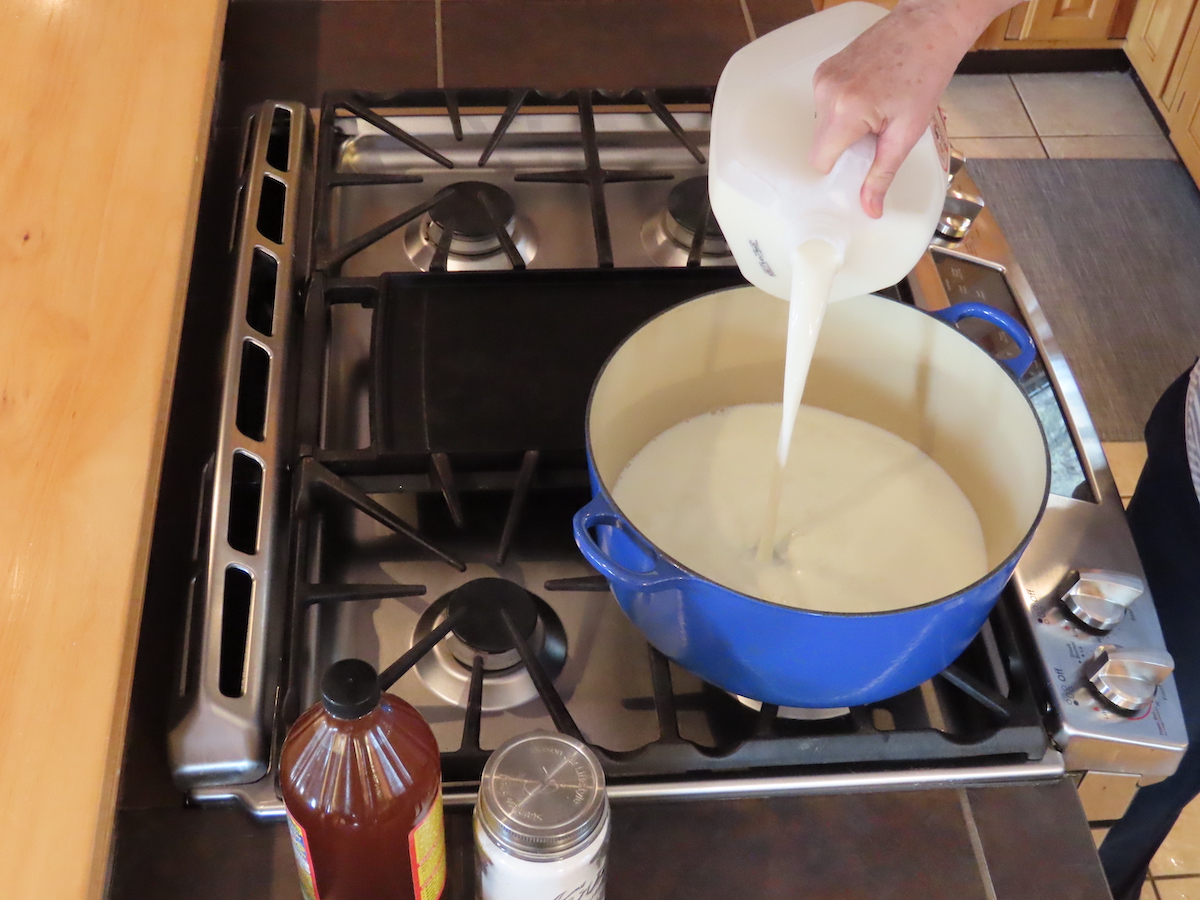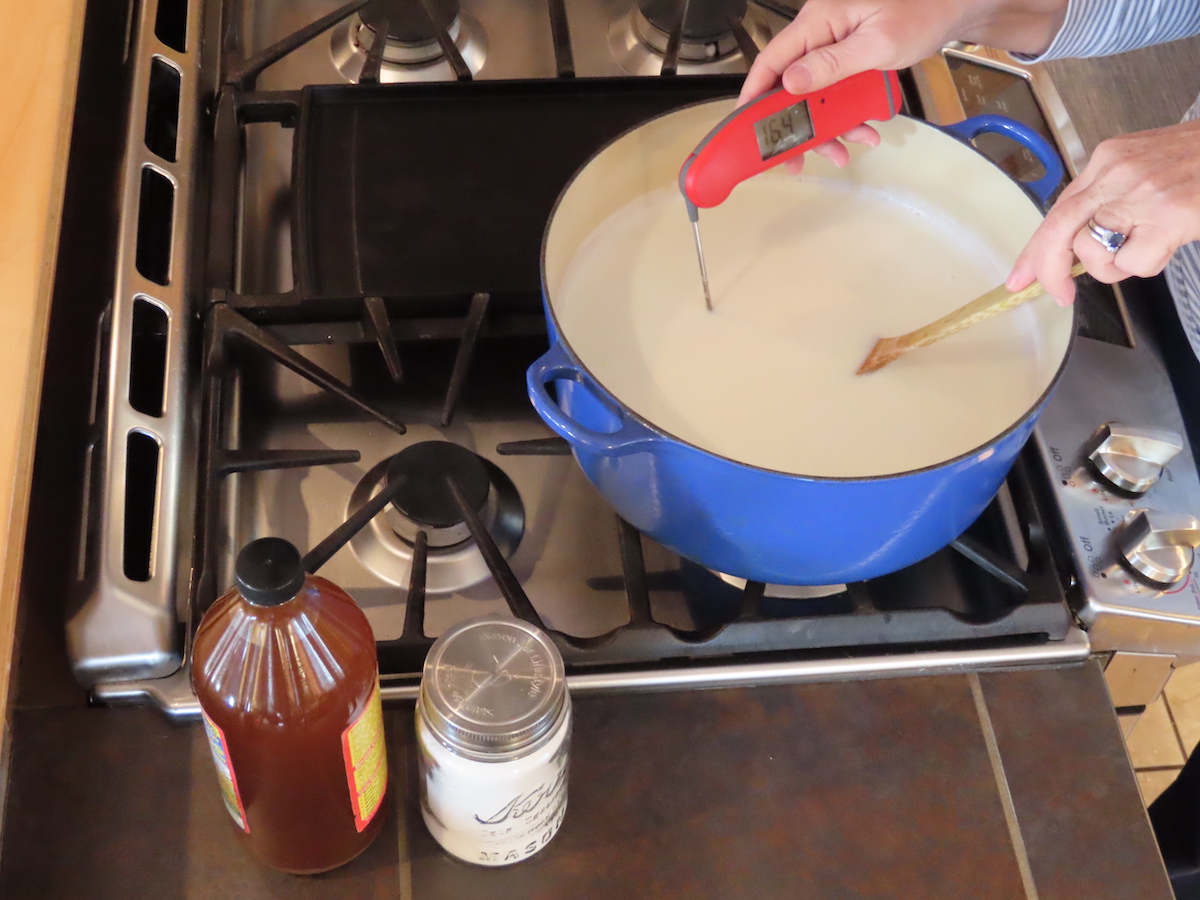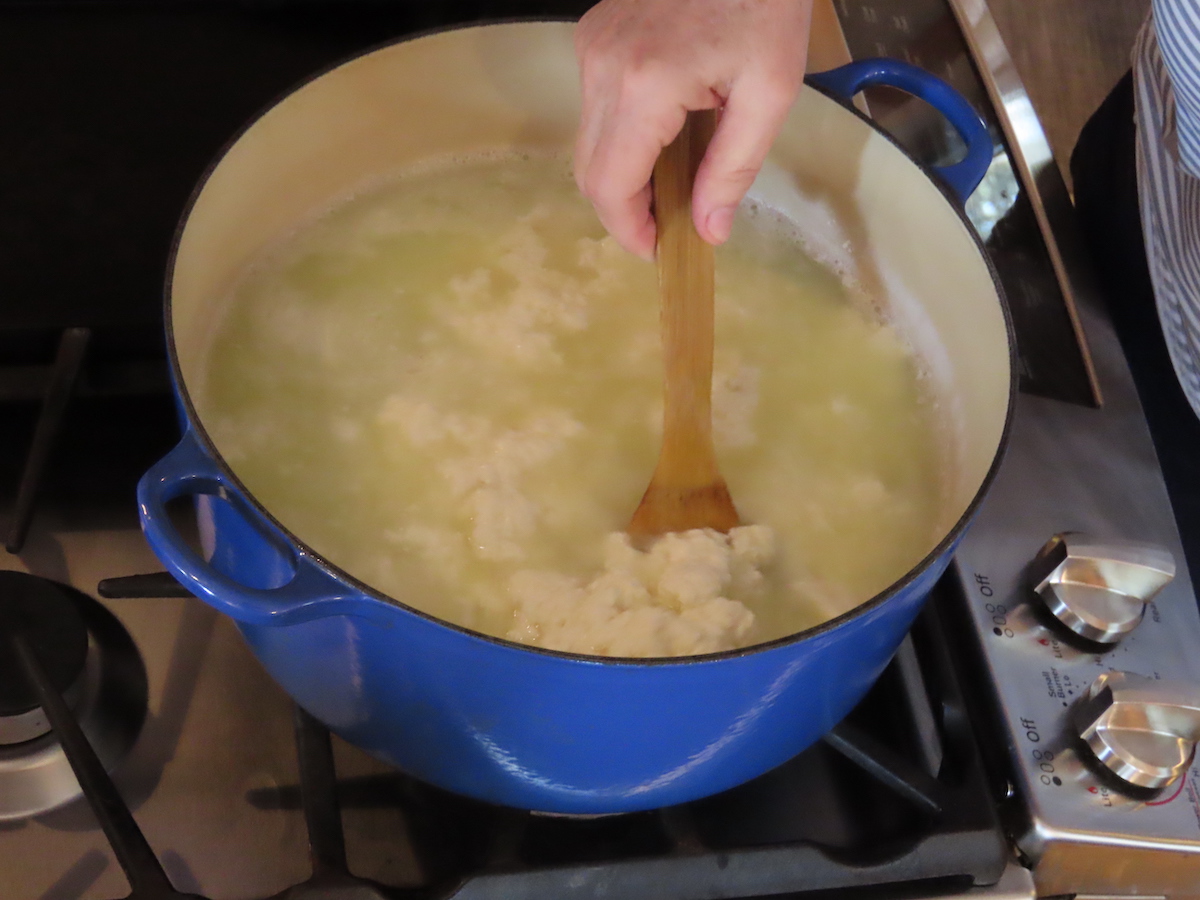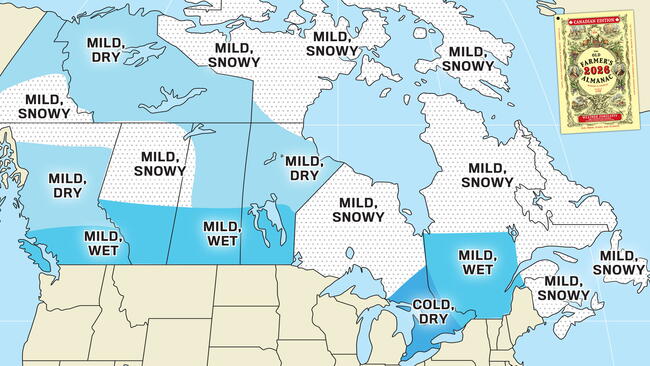Photo Credit
Julie Laing
Ingredients
1 gallon whole milk
1/2 cup apple cider vinegar (5% acidity)
1 teaspoon cheese salt or flaky kosher salt, or to taste
What's cooking in The Old Farmer's Store?
More Like This
All the organic milk in markets seems to be ultrapasturized. I’ve long wanted to make this cheese but don’t want to use standard milk produced by cows fed chemically treated corn. Any suggestions would be appreciated. Thank you.
Thank you for this recipe! My wife and I make this every week or two (we do a approx. half recipe - usually a 2 litre bottle of 3.8% since that's what's available in our local store) and it's great! We mix it up with different herbs, put it on sourdough pancakes with salmon, in salad, in sandwiches, on omelettes, we even made homemade pierogies! It's very versatile and very easy! Thank you for the clear instructions and photos :)
When do you add herbs or spices?
When do you add herbs or spices?
I’m familiar with Muslim but what is butter muslin?
That should be muslin not Muslim. Spell checker attacked my message.
My husband & I make our yogurt with flour sack dish cloths.
It works very well & I can wash them in the washer.
Sue
Great tip! And if this link still works,
https://store.almanac.com/tea-towel-flower-fields























Comments